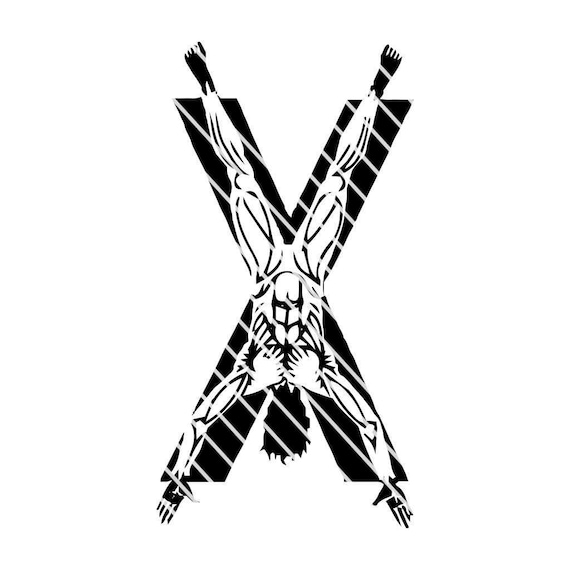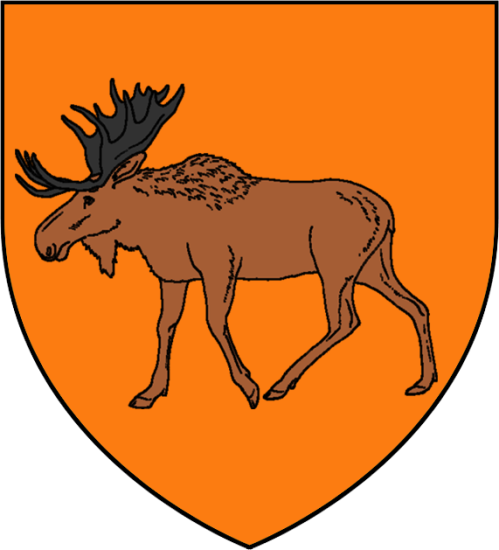Editor’s Note: I want to thank everyone for reading this series and for being loyal readers to this blog for so many years. For over 3 years now, I’ve dedicated most of my creative energy and thought to GRRM’s world, and I thank him for creating a world that I’ve gotten to play in. However, it’s time for me to refocus my energy on my own works of fiction that I’ve put on hold. As a result, this will be the last A Song of Ice and Fire essay that I’ll write before George RR Martin announces the completion of The Winds of Winter. Once again, thank you so much for reading my essays, and please stick around the blog as our other writers: SomethingLikeaLawyer, Militant_Penguin, MattEiffel and MasterRooseman have lots of great stuff coming your way in the coming months! All the best – Jeff (BryndenBFish)
Spoiler Warning: This essay contains spoilers for The Winds of Winter
Introduction

Artwork by Tomasz Jedruszek
Aerys Targaryen must have thought that his gods had answered his prayers when Lord Tywin Lannister appeared before the gates of King’s Landing with an army twelve thousand strong, professing loyalty. So the mad king had ordered his last mad act. He had opened his city to the lions at the gate. (AGOT, Eddard II)
At long last, Aegon’s Crusade for the Iron Throne would come to King’s Landing at the close of The Winds of Winter. With victories at Storm’s End and against the Tyrells at Westerosi Agincourt and new friends in Dorne, the Reach and the High Sparrow, Aegon would turn towards the great city. The city, though, won’t be easy to take. Even if Aegon showed up to the city with the full strength of the Golden Company, Dorne and the Golden Company’s friends in the Reach, King’s Landing would be nigh impregnable. Behind the strong walls of King’s Landing, Cersei Lannister and her loyalists could withstand a conventional siege or storming of the walls. And though taking King’s Landing was of tantamount importance to the young dragon, his parallel goal was to continue his campaign for legitimacy by enshrining himself in good optics.
In a certain light, Aegon’s coming struggle to take King’s Landing and the Iron Throne finds a strange parallel to that of the victorious rebels of the rebellion which brought down the young dragon’s alleged father and grandfather. Robert’s Rebellion saw many battles fought across Westeros, but to achieve ultimate success, Robert had take King’s Landing and then unite a fractured realm. The former was achieved when Tywin Lannister treacherously sacked the city. The latter was accomplished by Robert’s personality and his marriage to the beautiful Cersei Lannister.
If Aegon’s invasion of Westeros is a pale imitation of Robert’s Rebellion, we’re likely to see something of a mirroring effect of victory after victory in the field for the Young Dragon in The Winds of Winter. But like Robert Baratheon, Aegon would need more than victory on the field to secure his throne. And if Aegon were to take the Iron Throne, he would need to then quickly pacify the realm with good governance and a marriage.
So, towards the end of The Winds of Winter, I expect the young dragon will turn at last to the great city, and it’s here that we’ll see the conflagration of several major point of view characters from A Song of Ice and Fire and the culmination of Aegon’s crusade for the Iron Throne.
Continue reading →







 Image taken from Game of Thrones
Image taken from Game of Thrones

